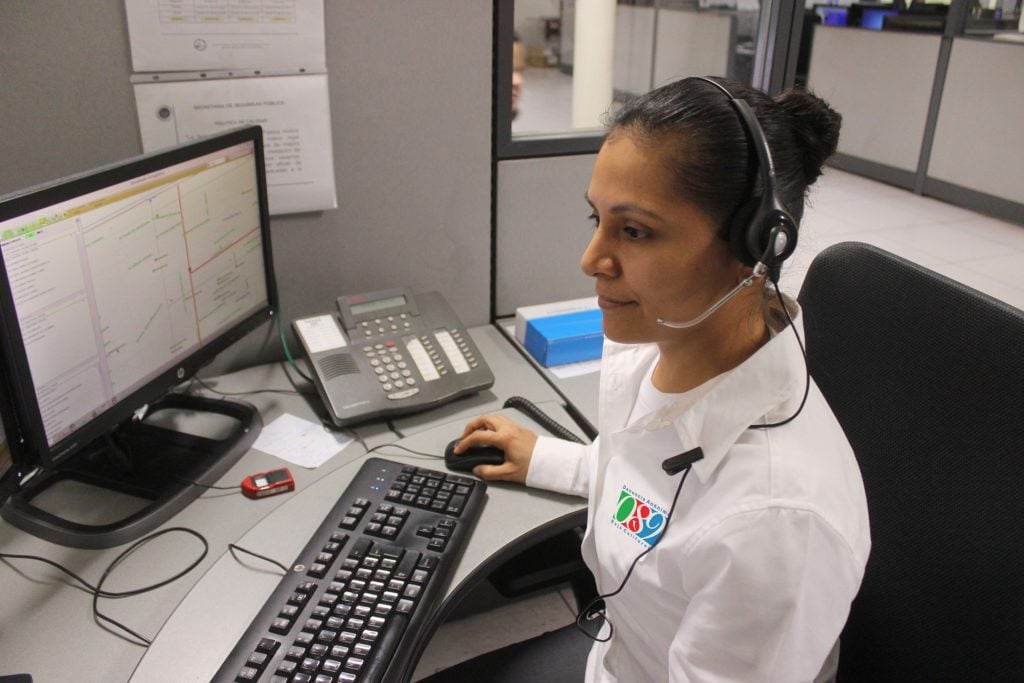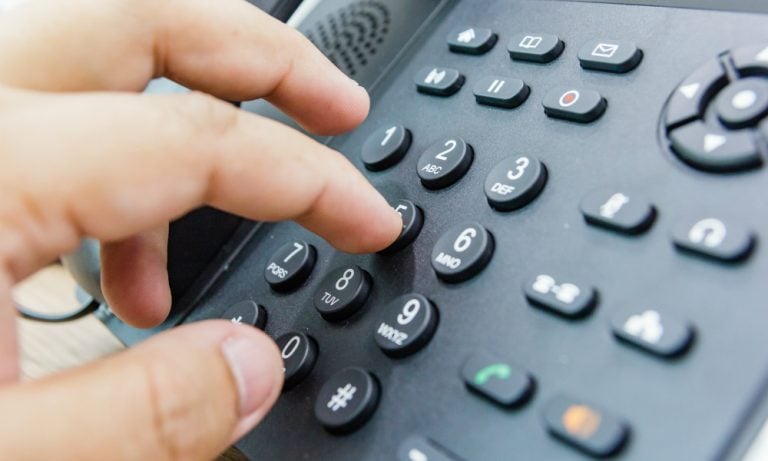All Categories
Featured
Table of Contents
- – Who Has The Best Automated Business Phone Answe...
- – Which Is The Best Answering Adelaide - Phone A...
- – Best Phone Answering Services - Australian Vir...
- – What Was The Most Popular What Is An Answerin...
- – What Is The Best What Is An Answering Service...
- – What's The Best What Is An Answering Service...
Who Has The Best Automated Business Phone Answering System Service?
This device and its followers were designed by Sava Jacobson, an electrical engineer with a personal consulting service. While early answering makers utilized magnetic tape technology, many contemporary equipment uses strong state memory storage; some devices utilize a combination of both, with a solid-state circuit for the outgoing message and a cassette for the inbound messages.
"toll conserving" below) (phone answering). This works if the owner is evaluating calls and does not wish to talk to all callers. In any case after going, the calling party should be informed about the call having actually been responded to (for the most part this starts the charging), either by some remark of the operator, or by some greeting message of the little, or addressed to non-human callers (e.
This holds specifically for the Littles with digitally saved greeting messages or for earlier makers (before the increase of microcassettes) with an unique unlimited loop tape, separate from a 2nd cassette, devoted to recording. There have actually been answer-only gadgets without any recording abilities, where the greeting message had to notify callers of a state of present unattainability, or e (answer phone service).
Which Is The Best Answering Adelaide - Phone Answering Services Plan

about schedule hours. In taping Littles the welcoming typically contains an invite to leave a message "after the beep". An answering device that utilizes a microcassette to tape messages On a dual-cassette answerphone, there is an outgoing cassette, which after the defined number of rings plays a pre-recorded message to the caller.

Single-cassette answering devices consist of the outbound message at the start of the tape and incoming messages on the staying space. They initially play the announcement, then fast-forward to the next readily available area for recording, then record the caller's message. If there are lots of previous messages, fast-forwarding through them can cause a considerable delay.
This beep is typically referred to in the welcoming message, requesting that the caller leave a message "after the beep". TADs with digital storage for the recorded messages do not show this delay, of course. A little may provide a remote control facility, where the answerphone owner can call the house number and, by getting in a code on the remote telephone's keypad, can listen to tape-recorded messages, or erase them, even when far from house.
Best Phone Answering Services - Australian Virtual Receptionists Store Near Me

Thereby the maker increases the variety of rings after which it answers the call (usually by two, resulting in four rings), if no unread messages are presently stored, but answers after the set variety of rings (generally two) if there are unread messages. This permits the owner to discover whether there are messages waiting; if there are none, the owner can hang up the phone on the, e.
Some machines also enable themselves to be remotely triggered, if they have been turned off, by calling and letting the phone ring a specific a great deal of times (generally 10-15). Some provider desert calls already after a smaller variety of rings, making remote activation impossible. In the early days of Littles a special transmitter for DTMF tones (dual-tone multi-frequency signalling) was regionally needed for remote control, since the previously used pulse dialling is not apt to convey appropriate signalling along an active connection, and the dual-tone multi-frequency signalling was executed step-by-step.
Any incoming call is not identifiable with respect to these properties in advance of going "off hook" by the terminal equipment. So after going off hook the calls should be switched to suitable devices and only the voice-type is instantly accessible to a human, but perhaps, however should be routed to a TAD (e.
What Was The Most Popular What Is An Answering Services & How Does It Work??
What if I told you that you do not have to really select up your gadget when answering a consumer call? Somebody else will. So hassle-free, right? Answering phone calls does not require someone to be on the other end of the line. Effective automated phone systems can do the technique just as effectively as a live representative and in some cases even much better.
An automatic answering service or interactive voice reaction system is a phone system that communicates with callers without a live person on the line - call answering services. When business utilize this technology, consumers can get the response to a concern about your business merely by using interactions established on a pre-programmed call flow.
Although live operators upgrade the customer service experience, numerous calls do not require human interaction. A simple taped message or guidelines on how a client can retrieve a piece of details normally fixes a caller's instant requirement - reception services. Automated answering services are a simple and reliable method to direct incoming calls to the ideal individual.
What Is The Best What Is An Answering Service? - Ruby Blog Company?
Notice that when you call a company, either for support or item questions, the first thing you will hear is a pre-recorded voice welcoming and a series of alternatives like press 1 for customer care, press 2 for inquiries, and so on. The pre-recorded options branch off to other options depending on the client's selection.
The phone tree system helps direct callers to the ideal person or department using the keypad on a cellphone. In some instances, callers can use their voices. It deserves keeping in mind that auto-attendant choices aren't restricted to the 10 numbers on a phone's keypad. As soon as the caller has picked their first choice, you can design a multi-level auto-attendant that uses sub-menus to direct the caller to the ideal kind of support.
The caller does not have to interact with an individual if the auto-attendant phone system can handle their concern. The automatic service can path callers to a staff member if they reach a "dead end" and need assistance from a live agent. It is pricey to hire an operator or executive assistant.
What's The Best What Is An Answering Service And Why Use One? Brand
Automated answering services, on the other hand, are considerably cheaper and provide significant expense savings at an average of $200-$420/month. Even if you don't have dedicated personnel to handle call routing and management, an automatic answering service enhances productivity by permitting your team to concentrate on their strengths so they can more effectively spend their time on the phone.
A sales lead routed to consumer service is a lost shot. If a client who has product concerns reaches the wrong department or gets insufficient responses from well-meaning workers who are less trained to handle a particular type of question, it can be a reason for aggravation and dissatisfaction. An automated answering system can lessen the number of misrouted calls, thereby assisting your workers make much better use of their phone time while maximizing time in their calendar for other tasks.
With Automated Answering Systems, you can create a customized experience for both your personnel and your callers. Make a recording of your main welcoming, and simply upgrade it frequently to show what is going on in your organization. You can produce as numerous departments or menu choices as you want.
Table of Contents
- – Who Has The Best Automated Business Phone Answe...
- – Which Is The Best Answering Adelaide - Phone A...
- – Best Phone Answering Services - Australian Vir...
- – What Was The Most Popular What Is An Answerin...
- – What Is The Best What Is An Answering Service...
- – What's The Best What Is An Answering Service...
Latest Posts
Trusted After Hours Answering Near Me ( Swan)
Medical Answering Service – Brisbane 4000
Preferred Virtual Call Reception Service
More
Latest Posts
Trusted After Hours Answering Near Me ( Swan)
Medical Answering Service – Brisbane 4000
Preferred Virtual Call Reception Service